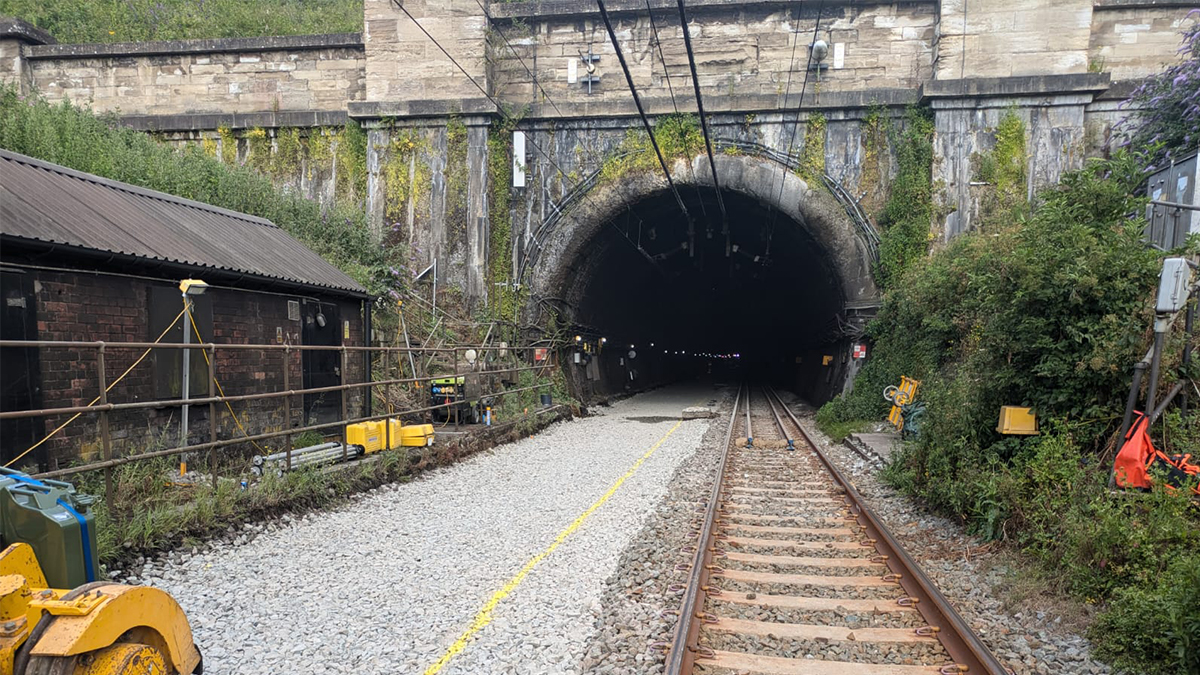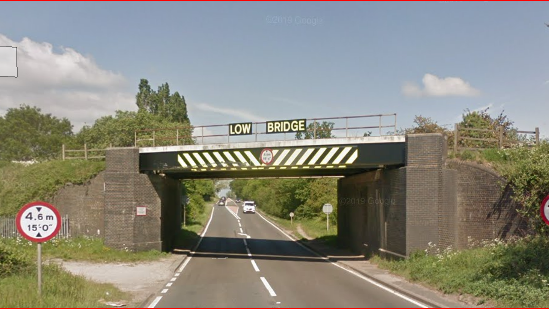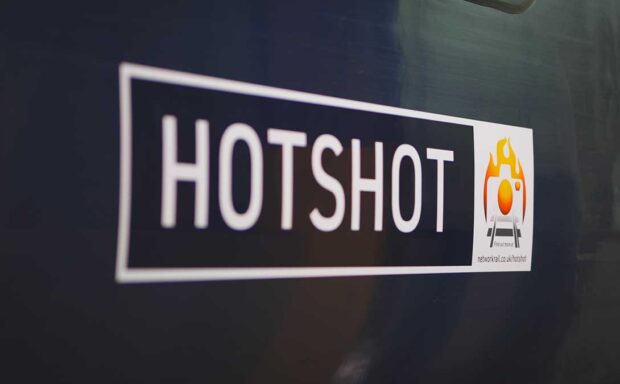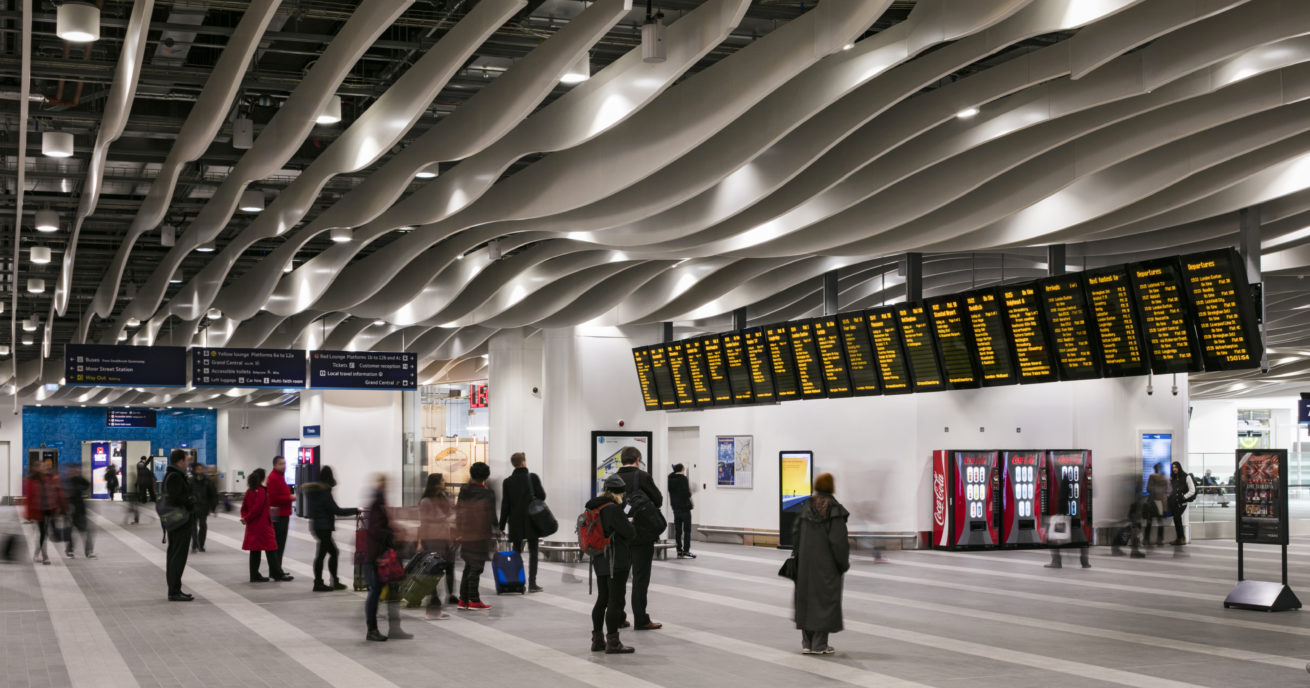We’re busy this August bank holiday carrying out essential maintenance on one of the most interesting tunnels on our railway.
The work on the 135-year-old Severn Tunnel in Gloucestershire will lead to better and more reliable journeys for you and freight.
Teams will be compacting the ballast – or stones – on the track inside the tunnel using a special tamping machine. We’ll also carry out essential maintenance to the overhead conductor rail that powers electric trains while we’re there. This work will help keep trains running safely and smoothly.
The project is follow-up work to a much larger track upgrade inside the tunnel in July. It’s the final step that will keep the new ballast supporting the track for years to come.
Renewing the Severn Tunnel
Our teams completed the largest track renewal on the Severn Tunnel in living memory just last month. We renewed the full seven kilometre stretch of the track in an investment of £10m.
Project in numbers
Engineers worked around the clock for 16 days to complete the work on time and on budget.
It took:
- 41 engineering trains
- almost 11,000 sleepers
- 66 rails
- over 22,000 tonnes of new ballast
- and 21,000 tonnes of spoil that we removed from the site.
A challenging environment
Nick Millington, Wales and Borders route director at Network Rail, said: “I would like to pay tribute to the dedication and skill of the Network Rail teams and our contractors, who worked 24/7 in challenging conditions to safely deliver the largest track replacement in the tunnel for many years.”
The Severn Tunnel is one of the most challenging environments on our railway. The Victorian marvel was built in the nineteenth-century to take the railway beneath the Severn Estuary and significantly reduce journey times between South Wales and Bristol. But care is needed to work inside and maintain the tunnel.
The lining of the Severn Tunnel is 10 bricks deep in some places but saltwater seepage from the estuary still inevitably occurs. It adds salt to the air and makes the track wear down faster than it normally would.
We’ve had to carefully plan our work because the tunnel’s enclosed space can limit our teams’ movements and the machinery used.
Plus, we’ve had to run an air quality monitor to constantly assess the breathable air and ensure the safety of our workers.
Nick said: “We are committed to providing lower-carbon and reliable rail transport between South Wales and England – and this major track renewal on such a busy route is a significant part of that.”




